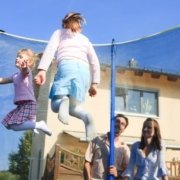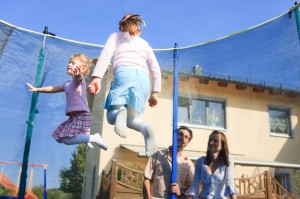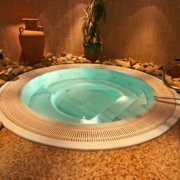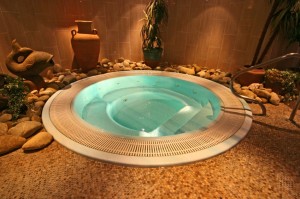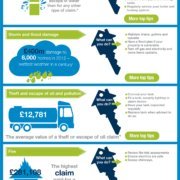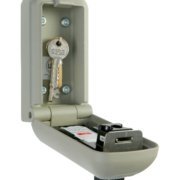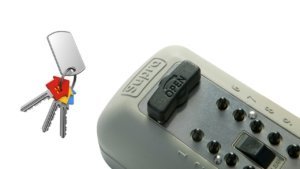Communicating Gas Safety to your Holiday Home Guests
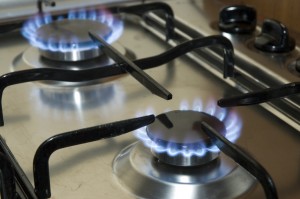 Carbon monoxide (CO) is a highly poisonous gas produced by the incomplete burning of gas, liquid gas, oil, coal and wood. It has been the cause of 40 injuries and deaths in holiday accommodation across the UK in the past two years and is something that many visiting your holiday home are becoming more and more aware of.
Carbon monoxide (CO) is a highly poisonous gas produced by the incomplete burning of gas, liquid gas, oil, coal and wood. It has been the cause of 40 injuries and deaths in holiday accommodation across the UK in the past two years and is something that many visiting your holiday home are becoming more and more aware of.
Whilst visitors will fully understand the precautions and procedures they take to ensure gas safety is met in their own home, some may feel vulnerable or apprehensive when visiting holiday accommodation.
This provides an opportunity for holiday homeowners to be proactive in communicating the measures they’re undertaking to ensure their stay is completely safe and alleviate any fears or apprehension.
Communicating Gas Safety with your Holiday Home Guests
- Ensure that your CO alarms are located in a suitable position within your holiday home. These may often be positioned next to fire alarms and in this case ensure that they are clearly labeled and can be told apart.
- Instructions for use of the alarm should be readily available, in addition to information on when they were last checked and batteries replaced. A log should be kept of when checks are made to ensure you are aware of when they next need to be undertaken.
- The gas appliances you provide in your holiday home are likely to be different to those your guests use in their own home. Provide instructions for the safe use of appliances and make sure that they are easy for visitors to find. This information should also be provided in your welcome pack.
- Any gas boiler or other gas appliance in your holiday home should undergo a gas safety check every year. After a Gas Safe Registered Engineer has carried out a safety check or serviced your gas appliance they may leave you with a report, which explains the checks they have completed. This can be left with your appliances or kept in a central location within the home to show guests the work that has been undertaken.
- If your holiday home includes a gas BBQ for use during the summer months ensure that full instructions for safe use are clearly visible and communicated to your guests. This should include information on where the BBQ should be situated (in a well ventilated area), when and where it should be stored and the signs of any potential defects to the BBQ and its gas joints.
- There are six key symptoms of CO poisoning; headaches, dizziness, nausea, breathlessness, collapse and loss of consciousness. Signage highlighting the symptoms of poisoning along with the importance of vigilance surrounding gas safety for your guests is available from various charities and other gas safety organisations. These needn’t be obtrusive or compromise the visual aesthetics of your holiday home but will emphasise your commitment to gas safety.
For further information on ensuring your holiday home is gas safe please call the Gas Safe Register on 0800 408 5500 or visit www.GasSafeRegister.co.uk
Boshers offer specialist holiday home insurance to owners across the UK. For more information on how a specialist insurer can help and support your holiday home business, please give us a call on 01237 429444.

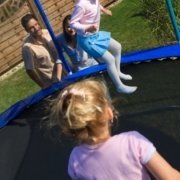
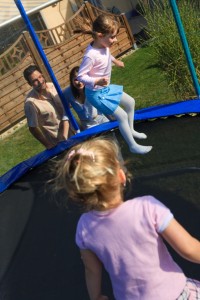 Trampolines and holiday homes, a fun combination or an accident waiting to happen? A fact many people won’t be aware of is that the lightest person on a trampoline is five times more likely to be injured. This happens through a phenomenon called “kipping”. This is where jumping at the same time causes the transfer of kinetic energy to the lightest person causing them to gain greater propulsive force and height. There’s an easy answer to prevent this, have a one at a time rule for your trampoline.
Trampolines and holiday homes, a fun combination or an accident waiting to happen? A fact many people won’t be aware of is that the lightest person on a trampoline is five times more likely to be injured. This happens through a phenomenon called “kipping”. This is where jumping at the same time causes the transfer of kinetic energy to the lightest person causing them to gain greater propulsive force and height. There’s an easy answer to prevent this, have a one at a time rule for your trampoline.